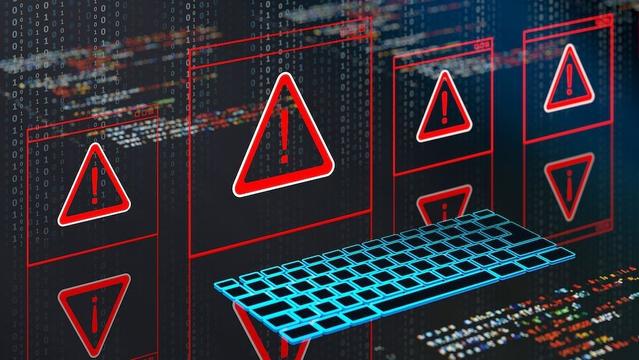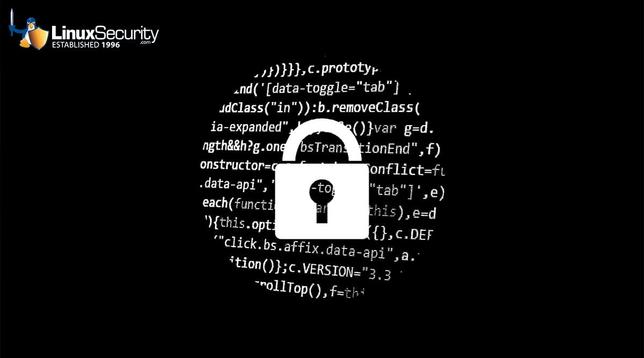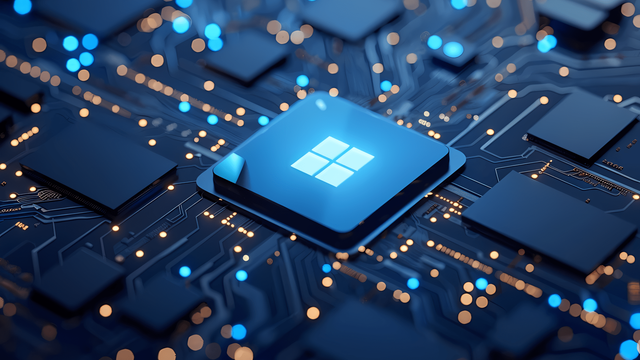#SecureBoot ist echt die Pest 💩
Found in the wild: 2 #SecureBoot exploits. #Microsoft is patching only 1 of them.
Unified #Kernel Images in #openSUSE: stronger boot, simplified structure. 🔐 Register for the #openSUSE Conference and #learn more. #SecureBoot #Linux https://events.opensuse.org/
#UEFI-#BIOS-Lücken: #SecureBoot-Umgehung und Firmware-Austausch möglich | Security https://www.heise.de/news/UEFI-BIOS-Luecken-SecureBoot-Umgehung-und-Firmware-Austausch-moeglich-10440016.html #Patchday #Hydrophobia
That's one way of going about that.
Found in the wild: 2 Secure Boot exploits. Microsoft is patching only 1 of them.
#SecureBoot #Microsoft #Patching #Security #Exploit #InfoSec #Tech
New #SecureBoot flaw lets attackers install bootkit #malware, patch now
#Cybersecurity
https://www.bleepingcomputer.com/news/security/new-secure-boot-flaw-lets-attackers-install-bootkit-malware-patch-now/
#Cybersecurity
https://www.bleepingcomputer.com/news/security/new-secure-boot-flaw-lets-attackers-install-bootkit-malware-patch-now/
« Not-So-Secure #Boot : 2 #SecureBoot Exploits Discovered » 🚨
› https://linuxsecurity.com/features/2-secure-boot-exploits-discovered
Schwerwiegende Sicherheitslücken: Zwei Exploits können #SecureBoot komplett umgehen. #Microsoft hat bislang nur eine davon geschlossen - die zweite bleibt weiterhin ausnutzbar. https://winfuture.de/news,151480.html?utm_source=Mastodon&utm_medium=ManualStatus&utm_campaign=SocialMedia
#Hydroph0bia (CVE-2025-4275) - a trivial #SecureBoot bypass for UEFI-compatible firmware based on Insyde #H2O, part 1
Another Crack in the Chain of Trust: Uncovering (Yet Another) #SecureBoot Bypass
https://www.binarly.io/blog/another-crack-in-the-chain-of-trust






